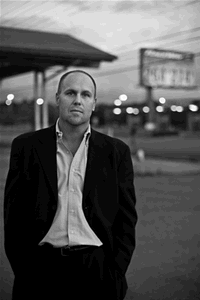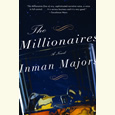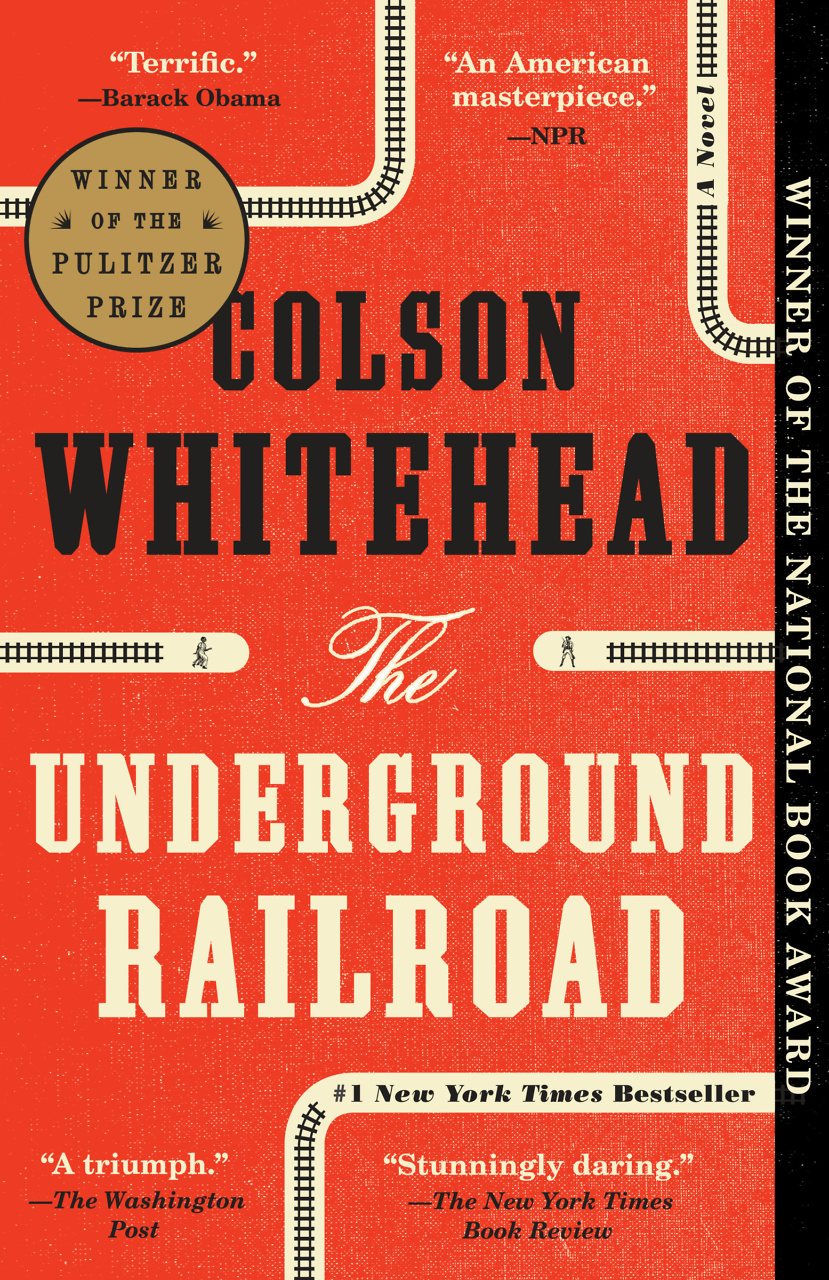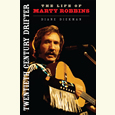The Story Collector
Anthologist Andrea N. Richesin talks with Chapter 16 about getting writers to spill their guts
A crush can make even the most creative writer into a cliché. Luckily the contributors to Crush: 26 Real-Life Tales of First Love are too funny and self-aware to fall into that trap for long. In the experienced hands of editor and East Tennessee native Andrea N. Richesin, the tales of their summer flings, student stalkers, eternal bad boys, celebrity fairy tales, long-distance romances, and lost innocence explain not how we lose what we love passionately but how we find ourselves in the process.
Each essay in Crush is as unique as a love letter you’ve saved for years and as honest as the journal you would rather burn than risk exposing. Most of the essays in the collection are by writers who cut their teeth on the young-adult market. Although the scenarios they describe happened decades ago, their self-deprecating tone and willingness to attend to the details with adolescent fervor transport the reader right into the mind of a young person in “love.”
Heather Swain, for example, tries to answer the question everyone with a crush asks: “What was he thinking?” She contacts her former crush twenty-two years later to ask him just that. What emerges is a hilarious story of a girl riding a giant chicken, an invitation to a blind date, a runaway pottery wheel, and the inevitable late-night doorstep confrontation (and in the rain, no less). But Swain, like her fellow contributors, doesn’t stay soaked and heart-broken. Instead, they deliver sharp insights into the narratives people tell themselves until they truly become who they want to be and love whom they need to love. As Swain writes, “We created realities about each other that worked for us at the time, which in the end is what 99 percent of crushes turn out to be.”
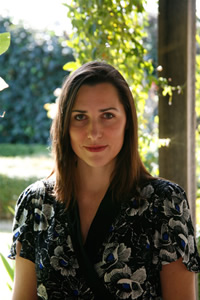 This is the fourth anthology Richesin has edited. Earlier collections explored the work-love balance (The May Queen), the mother-daughter bond (Because I Love Her), and the bittersweet relationship of fathers and daughters (What I Would Tell Her). Richesin chose the subject of Crush not for its simplicity but to explore how first love can launch us into the world and become the foundation for future passions. In her introduction, she summarizes the revelations of the book: “Although wrestling with the demons of unrequited love is devastating, a crush can boost a wounded ego, save a marriage, and make one feel alive. It has the power to transform a shy backward kid into a bold adult. It’s not only an education for a person naïve in the world, it’s the joy of a fantasy you may or may not choose to pursue. Crushes can live in our heads for our own secret enjoyment, but they also encourage us to take risks we might not have imagined.”
This is the fourth anthology Richesin has edited. Earlier collections explored the work-love balance (The May Queen), the mother-daughter bond (Because I Love Her), and the bittersweet relationship of fathers and daughters (What I Would Tell Her). Richesin chose the subject of Crush not for its simplicity but to explore how first love can launch us into the world and become the foundation for future passions. In her introduction, she summarizes the revelations of the book: “Although wrestling with the demons of unrequited love is devastating, a crush can boost a wounded ego, save a marriage, and make one feel alive. It has the power to transform a shy backward kid into a bold adult. It’s not only an education for a person naïve in the world, it’s the joy of a fantasy you may or may not choose to pursue. Crushes can live in our heads for our own secret enjoyment, but they also encourage us to take risks we might not have imagined.”
While its subject is bound to a particular stage in life, the wisdom of this book is not: Jacquelyn Mitchard (author of Deep End of the Ocean) recalls the poetic boy who died in Vietnam but whose lost letters returned at just the right time in her life; Amy Greene (author of Bloodroot) tackles the sacrifice first love must make to last through a marriage. Crush is for the teenager falling desperately in love, her mother trying to explain it to her, or her grandmother trying to remember a first time in a series of lasts. Richesin recently answered questions from Chapter 16 via email.
Chapter 16: This is your fourth anthology. How would you describe your work as collector and editor of stories? What draws you to this unique way of creating a book?
Andrea N. Richesin: With all of my collections, I’ve tried to tell stories that might otherwise have remained untold. I hoped this more confessional approach to personal storytelling would inspire others to do the same. I’m always astonished by how many people at our readings want to tell their own stories. We discovered this whole community of readers yearning to share their personal experiences—their struggles and heartbreaks—and by reading these anthologies they can live vicariously through the contributors’ lives. I’ve been very fortunate to work with some really marvelous writers. I feel blessed by good fortune, but it has been a lot of work to get here.
Chapter 16: You’ve described all your anthologies as sharing a “quality of gut-spilling honesty.” What have you done as an editor to encourage this openness in authors?
Richesin: I tend to gravitate toward writers who have a natural affinity for seemingly effortlessly sharing their inner lives. Although I studied psychology, I may have missed my calling for psychiatry. Like my mother, almost wherever I go I encounter someone who wants to share either something that’s burdening her or her life story. I enjoy collecting these little bits and pieces of people’s lives and I can tuck them away for future reference.
Chapter 16: Many of the writers in Crush have contributed to your earlier books. Has your role as editor and your relationship with your writers evolved with each anthology?
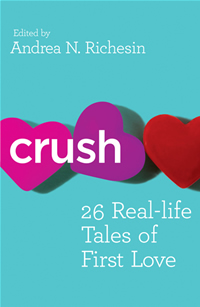 Richesin: I certainly feel I can trust the writers I’ve worked with in the past to deliver and I can count on them to honestly share their emotional truths. There’s less back and forth with them than new contributors. I have a kind of shorthand with certain authors as I find we often share a similar sensibility.
Richesin: I certainly feel I can trust the writers I’ve worked with in the past to deliver and I can count on them to honestly share their emotional truths. There’s less back and forth with them than new contributors. I have a kind of shorthand with certain authors as I find we often share a similar sensibility.
Chapter 16: What advice would you give someone who wants to create an anthology?
Richesin: I suppose the first bit of advice I would offer is to have patience and recognize that it takes a long time and a great deal of work to put a collection together. It’s a long process, but it’s worth it in the end. When looking for representation and you’re rejected by agents, remember to thank them for their time and ask how your book proposal or writing can be improved upon. You’ll be surprised by how helpful their advice may prove. The best advice I can offer is never give up. I recently read that Kathryn Stockett’s bestselling novel The Help was rejected sixty times before she found a publisher. Her beautiful novel, with characters so alive they leap off the page, could be languishing at her home in Atlanta right now, but she believed in her story enough to keep trying.
Chapter 16: Each of your anthologies looks at the self in relationship. Your first anthology, The May Queen, explores the many identities women must balance in their thirties, and your succeeding anthologies looked at motherhood and fatherhood. What new revelations does this book offer by exploring first love?
Richesin: That’s the first time someone has remarked on this theme. I tend to think of my books as examining women’s issues, although it’s true they mirror intimate relationships with others. First love is not unconditional like the love one feels for a child or a parent. It ebbs and flows, and yet falling in love for the first time is an event that may define who one becomes as a lover to some extent. So much about the experience can come across as clichéd, but the contributors to Crush were willing to open up in a way that I found beautifully moving. The vulnerability required to truly fall in love—to expose oneself to another, to be known—is similar to what they’ve accomplished in their essays. They’ve totally exposed themselves at the risk of their own vanity and embarrassment.
I think the primary difference between Crush and my previous collections is that the essays are all reflections on a certain time in the contributors’ lives. It’s much more difficult to accurately convey who they were and how they felt after fifteen or twenty-five years. I’m in awe of their ability to recreate their stories and with such humor and candor. Our memories are often elusive, and yet the ones we latch onto can stay with us for a lifetime.
Chapter 16: How did you explain the concept of this book to your writers, and how did their submissions shape the final product?
Richesin: Crush was originally meant to include only young-adult novelists, but it evolved thanks in part to my editor’s input. It became clear that only including young novelists presented a limited perspective. She suggested I commission older, wiser contributors with more experience. I was discouraged, but it was the right decision and ultimately improved the anthology. I wanted to ensure I had a wide range of essays from first love, rejection/spurned love, jealous love, obsession, being the object of affection, homosexual love, and fantasy love, to doomed or tragic love. I remember crying my eyes out the first time I saw the film Love Story. I rushed to the library for a copy of Erich Segal’s novel so I could read the story for myself and internalize what I had felt watching the movie. I wanted readers to feel heartbroken and also transported back in time to their first love story.
Chapter 16: As a collector of other people’s love stories, you’ve seen how varied and complicated relationships can be. Through the process of editing this collection and others, have you discovered anything universal or essential about love?
Richesin: First love is an idealized love that doesn’t encompass the realities of a more mature love. The fantasy of a crush doesn’t have to take care of an ailing person, go to work, or make dinner. It exists in this alternate world where to love means simply being close without the burden of making your way. We all long for love (or more specifically to be loved), but it requires communicating one’s needs. Real love is not a fantasy. It’s not happily ever after, riding into the sunset. It requires patience, kindness, affection, and careful attention. Yet, as with any love, we have to learn how to risk opening our hearts to it.
